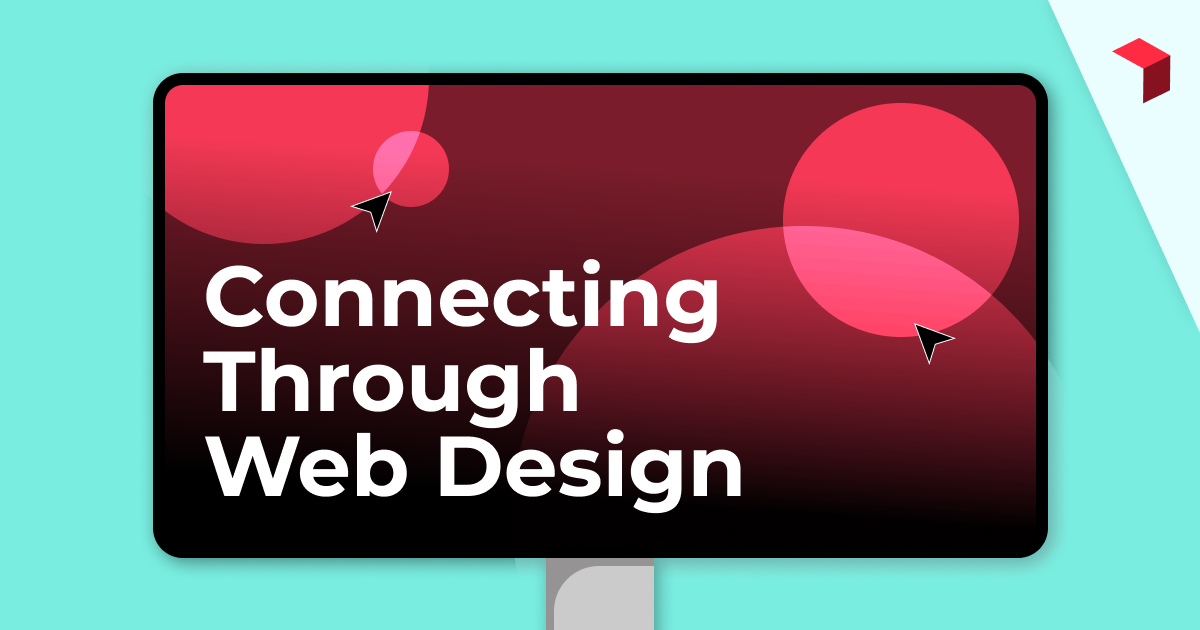In higher education, our central mission is to improve access and opportunity for all students. This means that your institution needs a website that will provide a clear and logical path to the right information at the right time.
From joining email lists and scheduling tours, to eventually applying for admissions, your goal is to have prospective students make critical transactions every day on your site. And to support them, you need an effective design.
At iFactory, we understand the countless elements that play into this – from the user experience, to college web design trends. However, there are some key elements that are fundamental for effective higher ed web design and should be considered before you even begin designing.
1. Showcase Your Brand
Higher ed website branding is more than your school colors and specific fonts. Yes, those are important to use, however, your school’s website is your opportunity to show your brand story in a distinctive and authentic way.
Maybe your school has strong values, a rich history, or a distinctive student culture. Or maybe there’s a high value proposition of getting an education at your college, like lower tuition, or a high job-placement rate. These values are a quantifiable aspect of your brand and are just as important to convey to your audience.
Whatever it is, take the heart of your school and weave it throughout your website.
Through effective web design, you can show not just the education’s worth, but also what your campus is about, what the community is like, and what the college values. This way, your audience will get a glimpse into what it’s like to learn, work, live, and play on your campus. They’ll understand what it will feel like to be a student there.
2. Speak to Your Audience
Understanding your brand goes hand in hand with knowing your audience. After all, if you want to make your website relatable, you’ll need to know who you’re talking to.
To understand your audience’s needs, you need to know where they come from, what they value, and what they need from a higher ed institution. Once you know this, you can use your design to highlight what’s important to them.
If your audience is working adults, you may want to highlight convenience, like nearby campuses and flexible class schedules. On the other hand, if you’re talking to legacy students, things to highlight may include a top university program, or internship opportunities.
It’s also helpful to understand not only what your audience thinks of your college, but also what they think of higher education as a whole.
For example, imagine a prospective student deciding whether to use their graduation savings on a car for work or on tuition at your college. They have specific needs and priorities, and a fancy website alone won’t convince them to apply.
If this is your target audience, your job isn’t only to use your design to demonstrate your college’s value, but to also highlight the genuine benefits of higher education.
3. Establish a Clear Action
Successful website design goes beyond aesthetics; it inspires action. Just ask yourself: what do you want the user to do?
The big-picture answer is probably that you want the user to apply. But while increasing enrollment may be your ultimate goal, there are other actions the user can take throughout their journey that are just as important. This is because they all help lead them there.
Things like showcasing your diverse range of programs or having a user watch exciting campus videos, are all actions that enhance the user experience.
So, what does that look like in web design? For higher ed websites, actionable design means you’re designing a page that leads your user to these actions through elements like clear navigation, large call to actions (CTAs), and stand-out placement of videos, forms, and more.
It’s also important to think about how long that action will take. For example, getting prospective students to sign up for a campus tour or an email list are easy ways to continue the conversation and get users closer to applying.
However, if a user has to fill out a long form just to receive emails, it may be a turnoff. The effort into the action must be proportional to the perceived benefit your user receives.
Overall, remember you’re creating a multi-visit experience. Your user needs to be able to easily pick up where they left off. Effective design with clear actions, understandable terminology, and easy navigation will create a seamless user journey.
Developing Effective Higher Ed Web Design with iFactory
Before you can begin designing, it’s important to understand these fundamentals and how they play into the user experience on college websites.
Knowing your brand allows you to highlight its core values and strengths, while understanding your audience means you can address their needs effectively. And by creating clear and purposeful actions, your audience can benefit throughout the user journey.
Our team at iFactory specializes in higher ed website design. Let us help you transform your site into one that tells your brand story, connects with your audience, and fosters meaningful interactions through actionable design. Contact us today.

